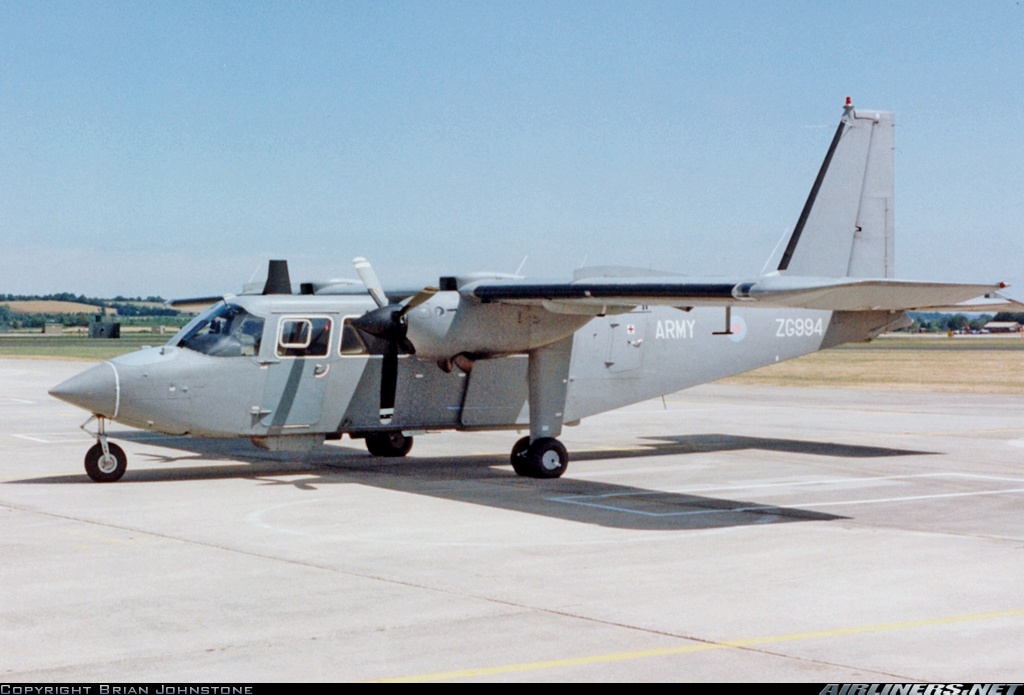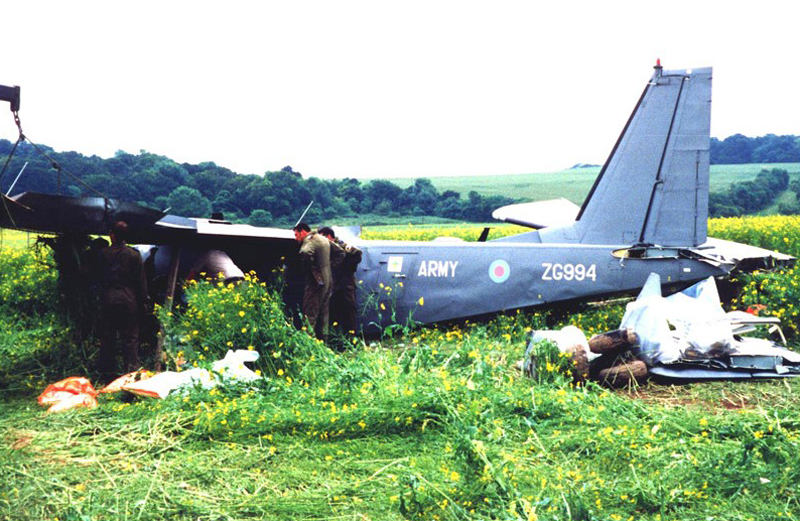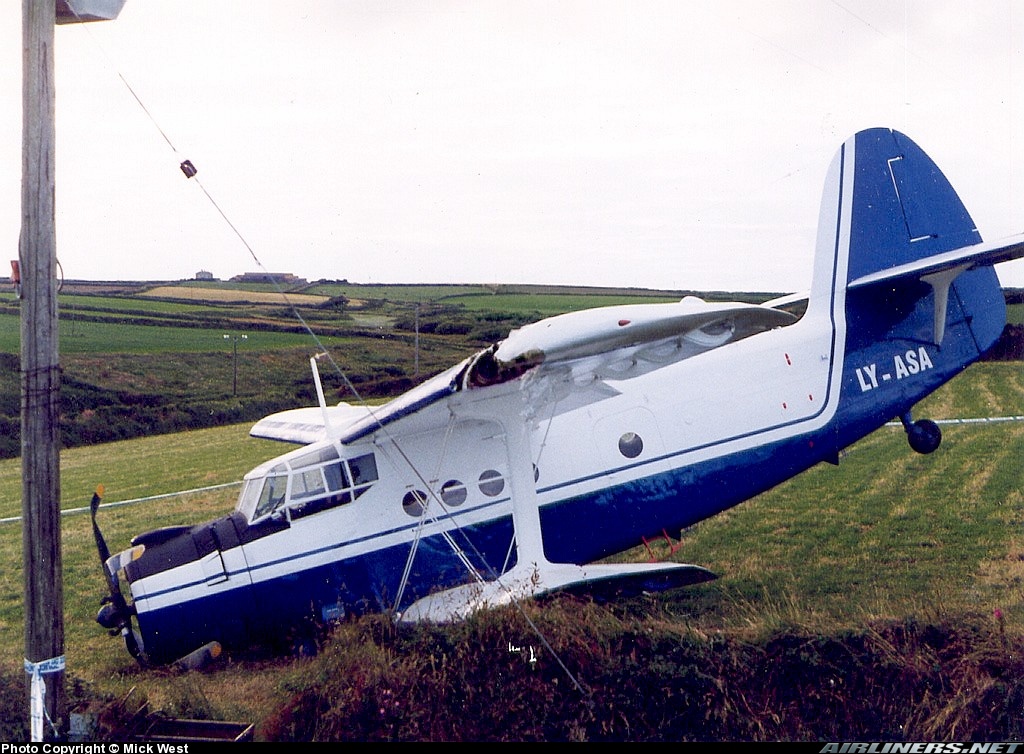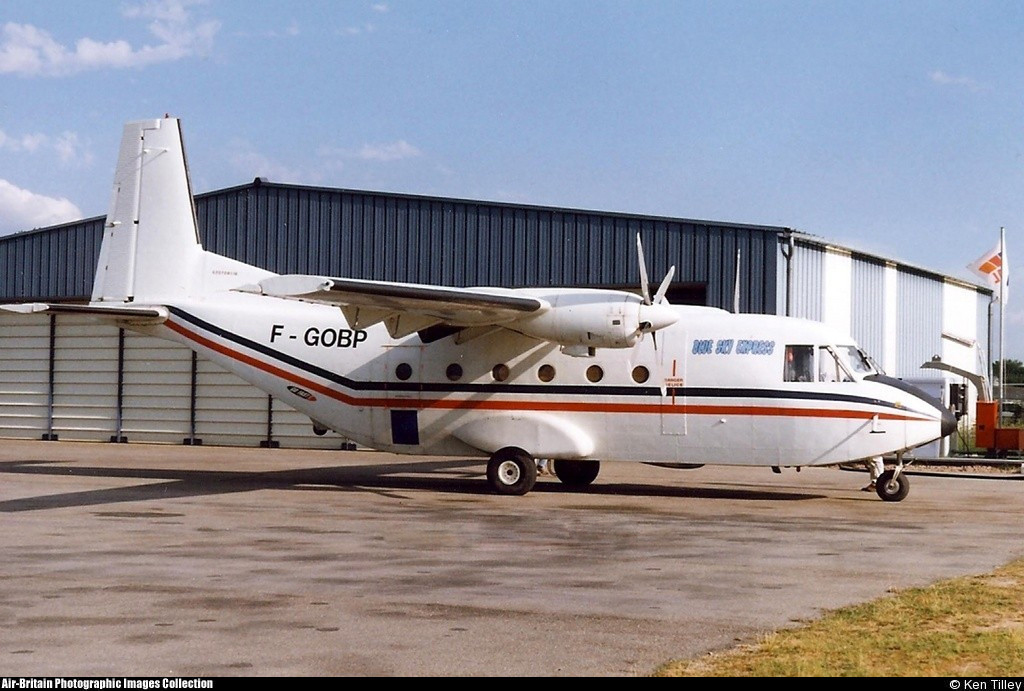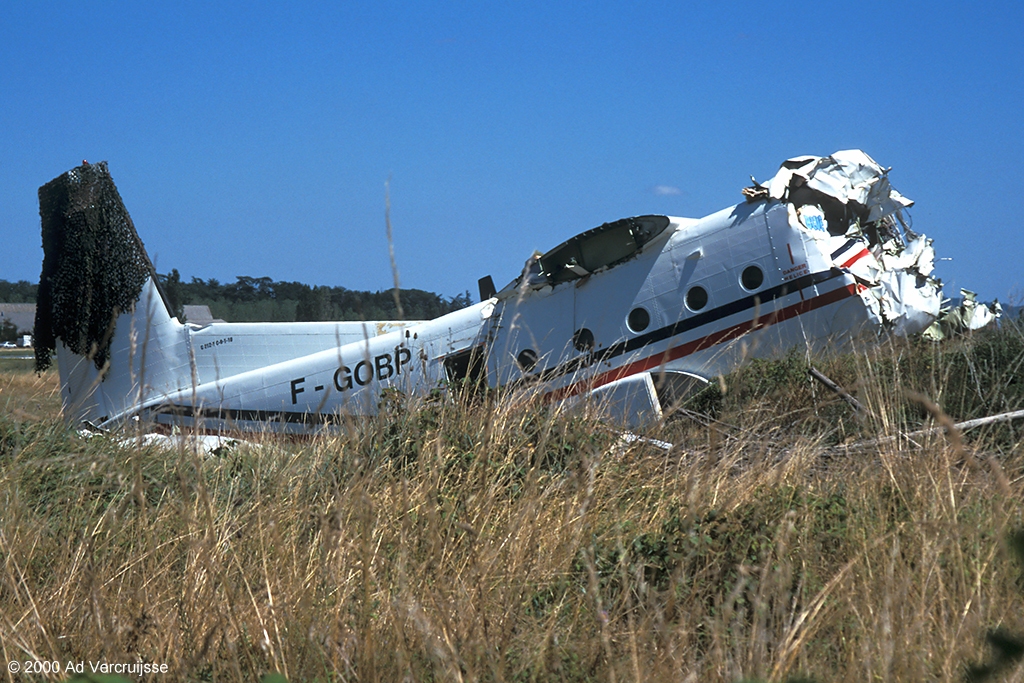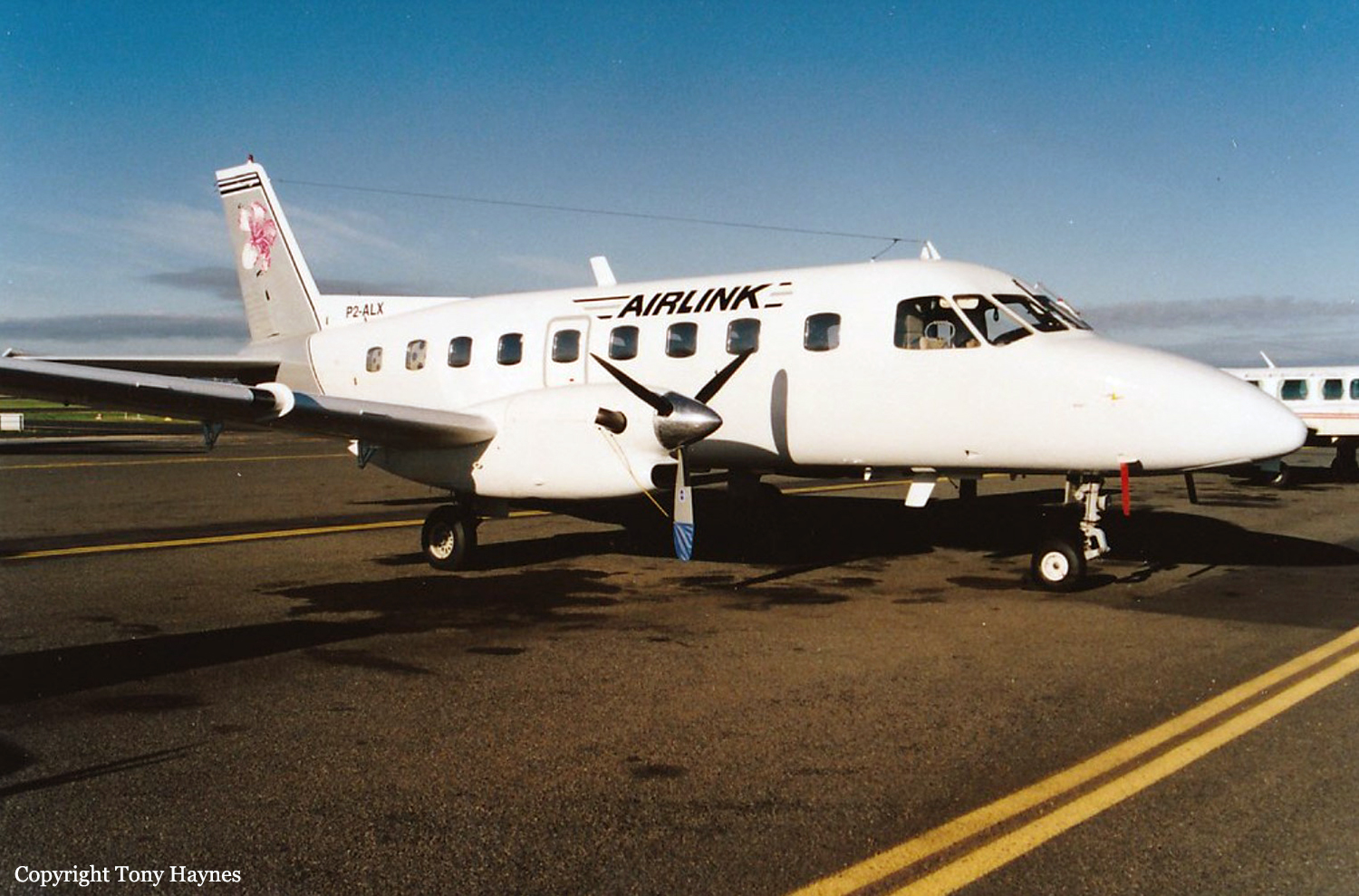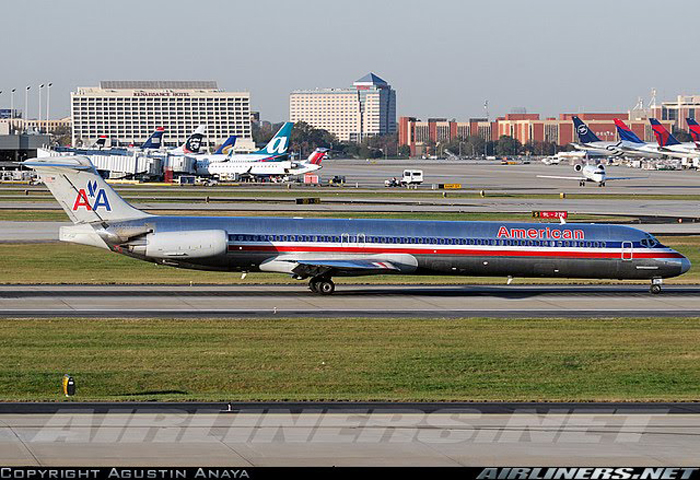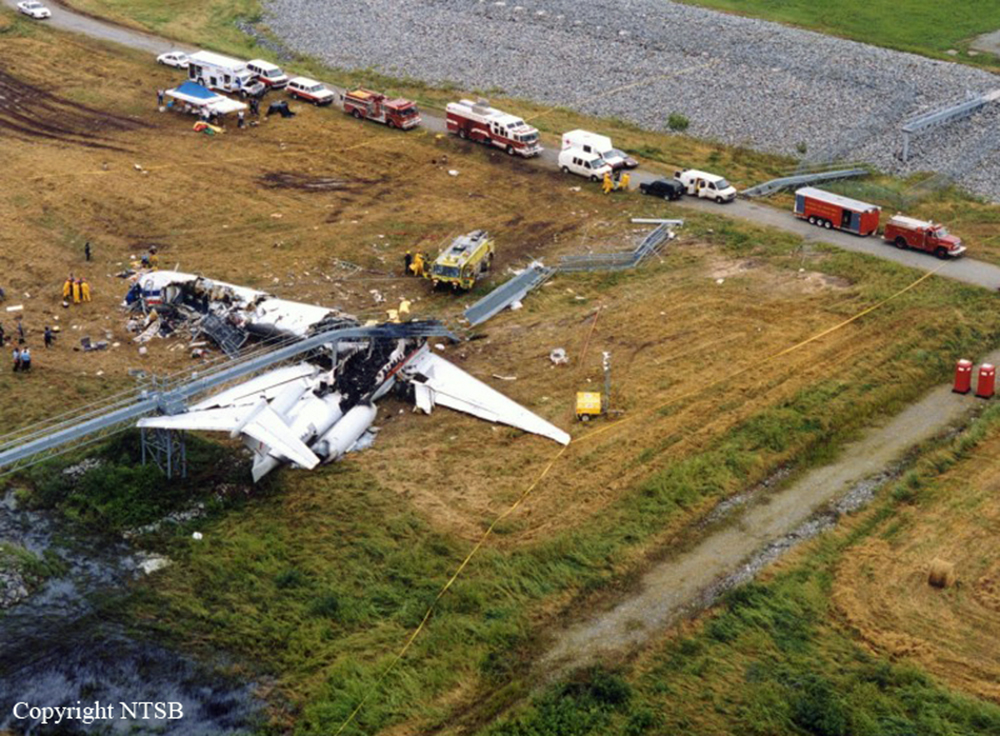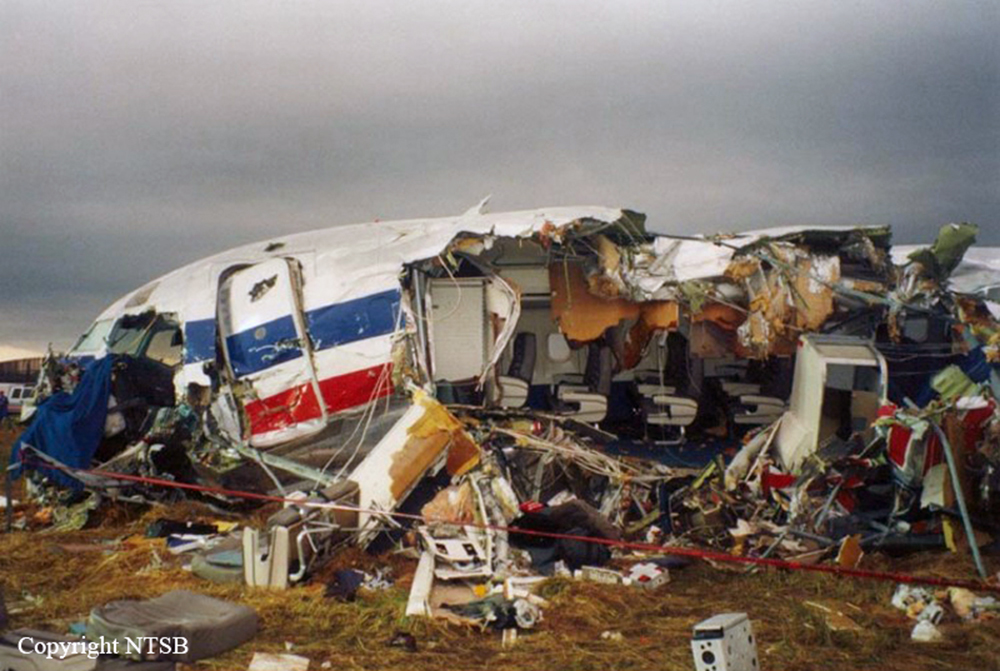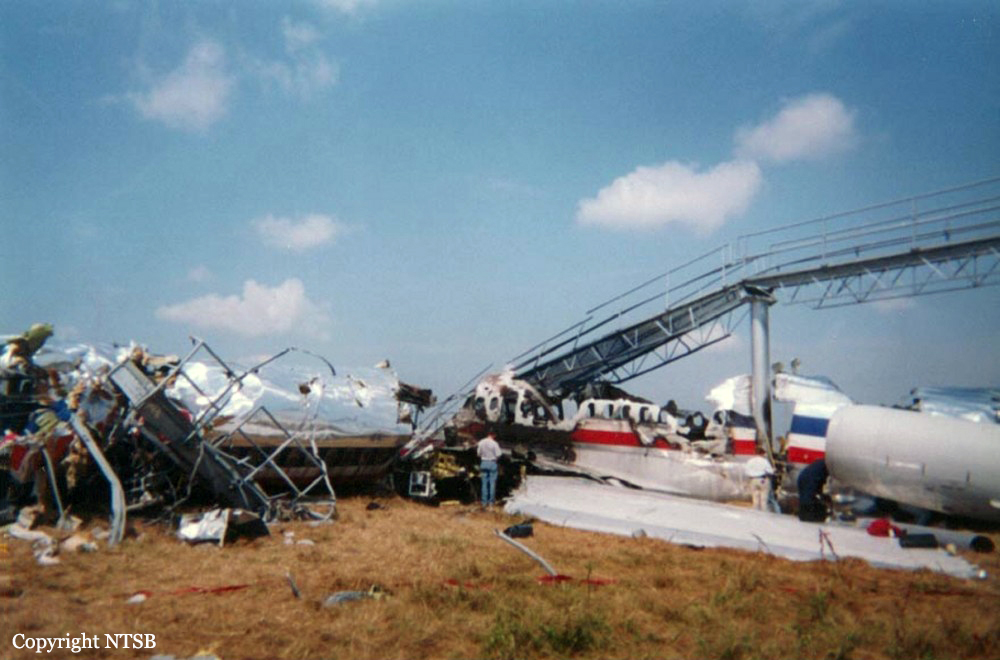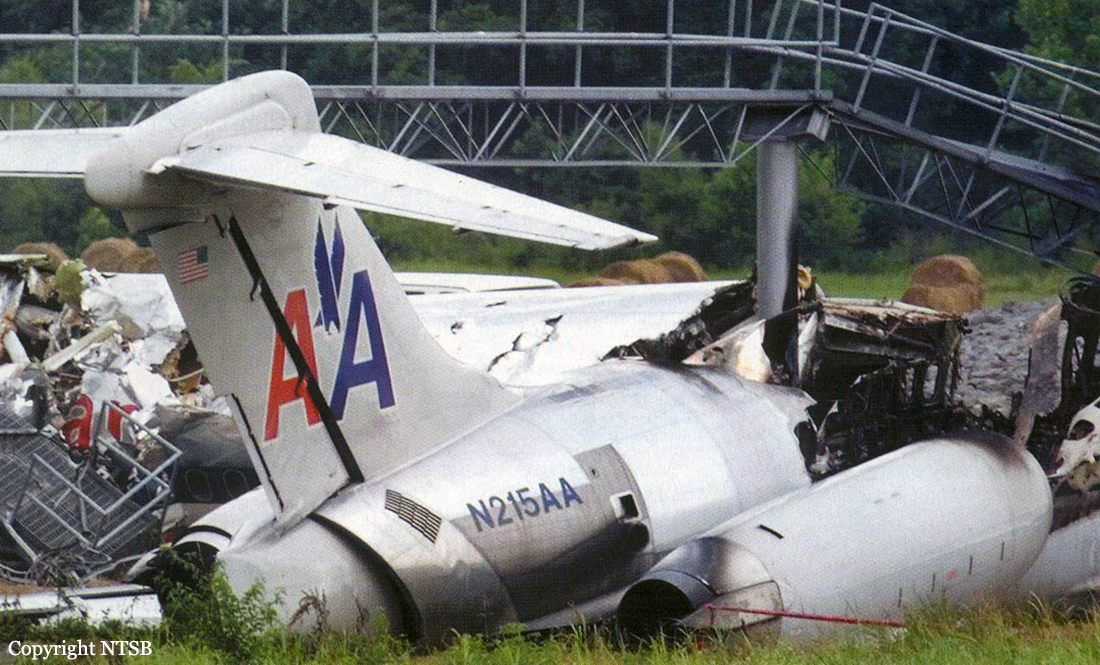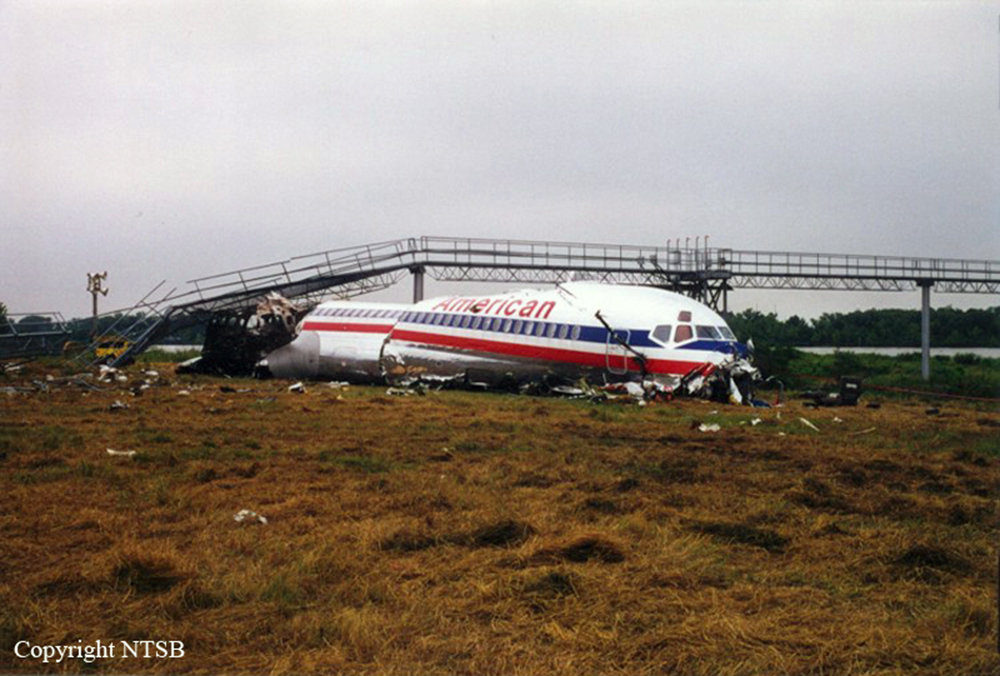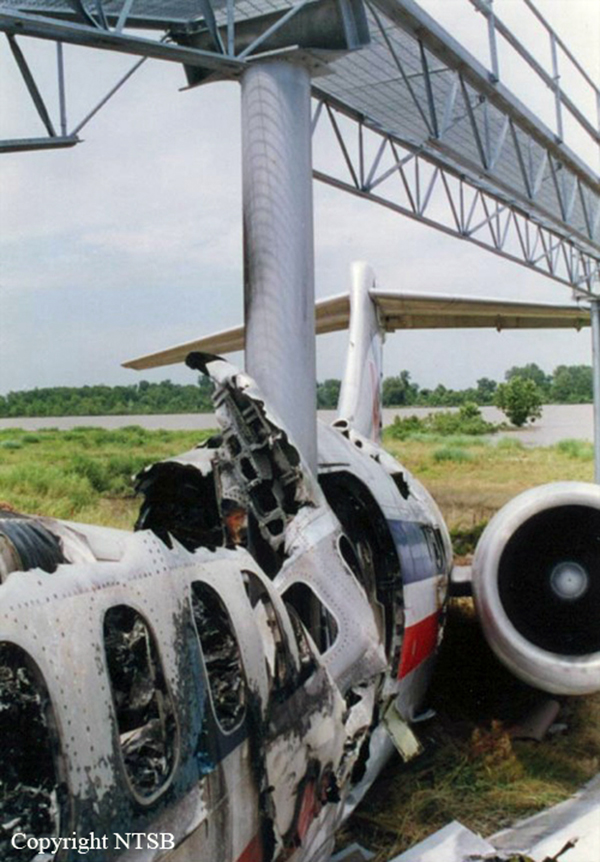Crash of a Beechcraft 99 Airliner in Liège: 2 killed
Date & Time:
Jun 30, 1999 at 0441 LT
Registration:
D-IBEX
Survivors:
No
Schedule:
Luton - Frankfurt
MSN:
U-45
YOM:
1968
Flight number:
EXT114
Crew on board:
2
Crew fatalities:
Pax on board:
0
Pax fatalities:
Other fatalities:
Total fatalities:
2
Circumstances:
En route from Luton to Frankfurt, while on a night cargo service (flight EXT114), at an altitude of 11,000 feet, the crew declared an emergency after both engines failed almost simultaneously. The crew was cleared to divert to the nearest airport that was Liège-Bierset. After being cleared to descend to FL60, the crew contacted Brussels ATC and was vectored for an approach to runway 23L. Due to the critical situation, the crew requested a straight-in approach. While descending to the airport, the aircraft crashed in a wooded area located near Seraing, about nine km southeast of the airport. The aircraft was destroyed by impact forces and a post crash fire and both pilots were killed.
Probable cause:
Both engines failed in flight due to poor maintenance. The following contributing factors were identified:
- The crew failed to follow the operator published procedures,
- There was a misunderstanding between the crew and ATC,
- Lack of visibility due to night conditions.
- The crew failed to follow the operator published procedures,
- There was a misunderstanding between the crew and ATC,
- Lack of visibility due to night conditions.
Final Report:




